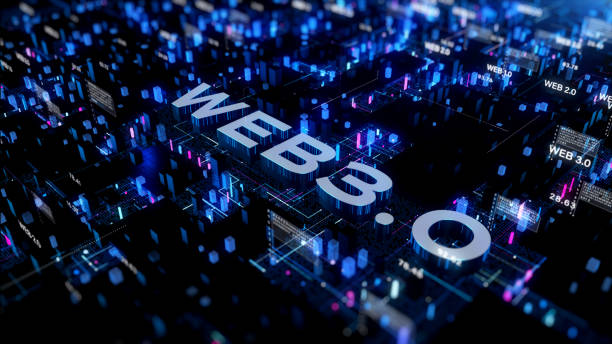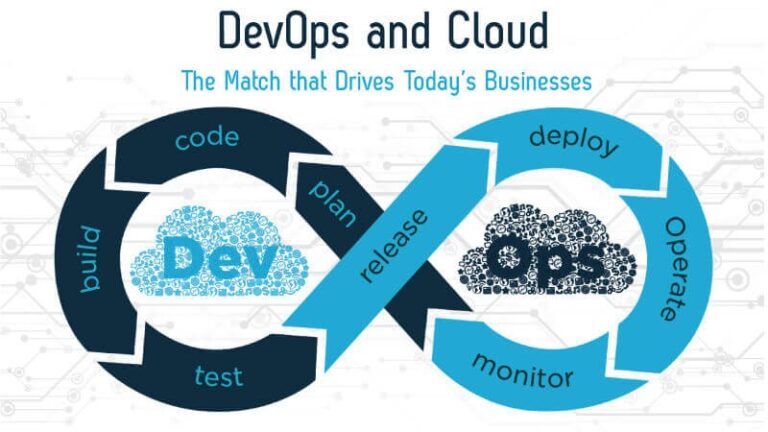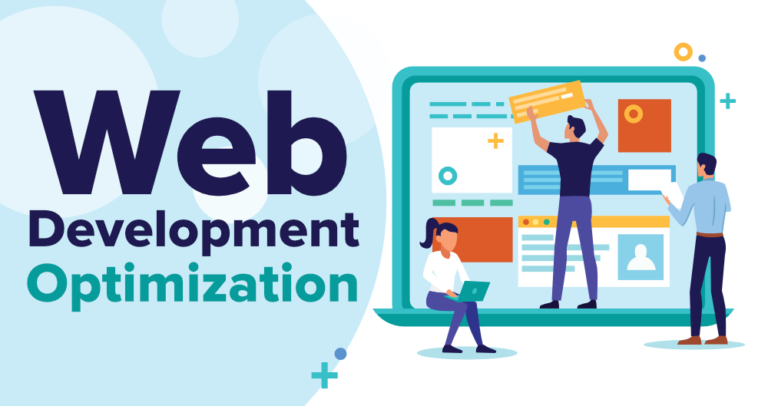Since its creation, the internet has undergone enormous changes. The internet has developed into a potent platform for communication, collaboration, and commerce from the early days of static webpages to the dynamic and interactive Web 2.0 era. However, Web3.0, a new paradigm change, is soon to arrive. The way we engage with digital material, data ownership, and decentralized applications (dApps) is expected to be entirely transformed by the internet’s next phase. We shall discuss the idea of Web3.0, its guiding principles, and its potential effects on various businesses and society in this post.
What is Web 3.0?
Web 2.0 and 1.0 have been expanded upon in Web 3.0. Web 1.0 (World Wide Web: read-only web) consists of static website content with centralized infrastructure for information delivery. Users access websites through search engines like Google and Internet Explorer to browse and download read-only material. A centralized user-input version of the web called Web 2.0 (read-write web) has social networks and a cloud utility infrastructure. Websites and programs that leverage user-generated material are included in this. The issue with Web 2.0 is that all data is stored in one centralized location. In contrast, Web 3.0 (read-write-interact web) is a metaverse world with distributed services that are peer-to-peer, edge computing, and blockchain-based. This is focused on using machine learning and AI to deliver appropriate content to each user on the Semantic Web, also referred to as Web 3.0.
Key Features of Web 3.0
Between web2 and web3, there are a few key distinctions, but decentralization is at its core.
- 3D graphics: Three-dimensional designs are frequently utilized in Web3 museum guides, video games, e-commerce, websites, and services with a geographical focus, etc.
- Semantic Web: The next evolution of the Web involves the Semantic Web. The Semantic Web has improved web technology to generate, share, and connect content through search and analysis based on the ability to understand the meaning of words (rather than keywords or numbers).
- Connectivity: Information is more intimately linked in Web 3.0 as a result of semantic metadata. The user experience has improved as a result, reaching a new level of connectedness that makes use of all the information available.
- Artificial intelligence: By combining this skill with natural language processing, Web3 enables computers to comprehend material similarly to people and deliver quicker and more accurate results. To satisfy consumer needs, they progressively become smarter.
- Ubiquity: The service is available everywhere, each device is connected to the network, and the material can be accessed by a variety of apps.
Key characteristics of Web 3.0
Although Web 3.0 is still far from being widely used, most of its fundamental ideas have already been established.
The top four elements of Web 3.0’s future are divided into four categories:
- Semantic web: Machines’ comprehension of data and information produced by humans has increased over time. It will take time to develop a fluid experience where meanings are completely understood, though. For instance, the term “bad” may occasionally be used to mean “good.” This can be quite challenging for a machine to comprehend. With Big Data and more data to study, AI is starting to understand meanings and emotions better, which will improve the user experience and encourage connectedness.
- Bitcoin and blockchain technology: When it comes to Web 3.0, blockchain and cryptocurrencies have a lot of potential. Creating incentives for more responsible data ownership, governance, and content development is a successful strategy used by decentralized networks.
- Spatial Web and 3D Graphics: The web’s appearance will drastically change. A shift to 3D worlds that even include virtual reality is already evident. One of the forerunners of these interactions is the metaverse (see our Headmind blog piece), and we are already accustomed to encounters from 3D video games. Information may now be presented to online users more naturally thanks to the fields of user interface and user experience.
- Artificial intelligence: The secret to converting human-created material into machine-readable data is artificial intelligence. Robots in customer service are already a thing, but that is only the beginning. A useful tool for Web 3.0, AI can present data to humans and sort it. The best part is that AI will continuously develop and learn, which will lessen the effort needed for future human development.
Difference Between Web 1.0, Web 2.0, And Web 3.0
Web 1.0 (1989–2005): The World Wide Web’s initial development is referred to as Web 1.0. Few content producers were present in Web 1.0, and the great majority of users were content consumers. Static pages hosted on ISP-managed web servers or free web hosting services were frequently used for personal websites.
A content delivery network (CDN) called Web 1.0 enables websites to show content. It can be utilized as a personal webpage. The number of pages viewed affects how much the user is charged. It features directories where users may do targeted information searches.
Web 2.0 (1999-2012): Web 2.0 refers to websites around the world that emphasize user-generated content, usability, and interoperability for end users. It refers to a change in how Web pages are created and used rather than a change in any technical specifications.
Although it doesn’t seem to be the case when the modifications are made, the transition is advantageous. When creating user-generated content in a virtual community, Web 2.0 enables communication and cooperation among individuals.
The three core layers of innovation that drove the emergence of Web 2.0 were: Mobile, Social, and Cloud.
Web 3.0 (ongoing, since 2006): This term describes the development of web interaction and usage, including the transformation of the Internet into a database. It enables the web’s back-end to be updated after a protracted time of focusing on the front-end (Web 2.0 has primarily been about AJAX, tagging, and other front-end user-experience innovations).
The phrase “web 3.0” refers to many phases in the development of web usage and interaction. In this situation, data is shared rather than owned, and several services present various views of the same site or data.
Web 3.0 applications examples
Apple’s Siri: Siri is a voice-controlled virtual assistant developed by Apple. It allows users to perform tasks, answer questions, and interact with their devices using natural language commands.
- Wolfram Alpha: Wolfram Alpha is a computational knowledge engine that provides answers to factual queries and performs various calculations and data analysis.
- Steemit: Steemit is a blockchain-based social media platform that rewards content creators and curators with cryptocurrency for their contributions.
- Sola: Sola is a decentralized social platform where users can share and discover content, and earn rewards based on the popularity of their posts.
- IDEX: IDEX is a decentralized cryptocurrency exchange built on the Ethereum blockchain, allowing users to trade digital assets securely.
- e-Chat: e-Chat is a blockchain-based messenger application that offers secure and private communication features.
- Storj: Storj is a decentralized cloud storage platform that utilizes blockchain technology to store and secure data across a distributed network of nodes.
- Everledger: Everledger is a blockchain-based platform that provides transparency and traceability for valuable assets, such as diamonds and luxury goods.
- LBRY: LBRY is a decentralized content-sharing and publishing platform that empowers creators to share their content and users to access it without intermediaries.
- Ethlance: Ethlance is a decentralized job marketplace powered by the Ethereum blockchain, connecting employers and freelancers directly without intermediaries.
These platforms and technologies showcase the diverse and innovative applications of blockchain, artificial intelligence, and decentralized systems in various industries and domains. They represent the evolving landscape of technology and its impact on how we communicate, access information, perform tasks, and conduct business.
Decentralization, trust, and user empowerment characterize Web3.0, a new phase in the internet’s development. The potential for Web3.0 to restructure industries, transform digital interactions, and redefine ownership and control of data is enormous as blockchain technology and other emerging technologies continue to mature. Although there are many issues that must be resolved, including scalability, user uptake, and regulatory issues, there are several potentials for developers, businesses, and people in general.
Collaboration, education, and open communication among stakeholders will be crucial in determining the future of the internet as we enter the Web3.0 age. Adopting Web3.0’s guiding principles can create a more open, transparent, and fair digital environment. Being a part of this transformational journey at this time is thrilling because there are so many opportunities for positive change and creativity.








